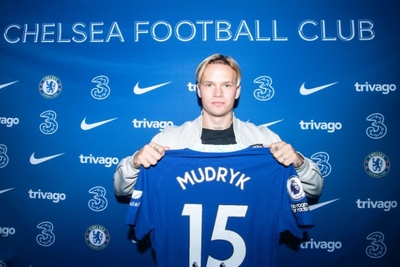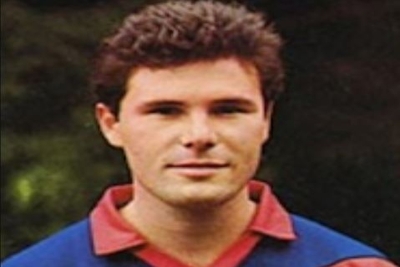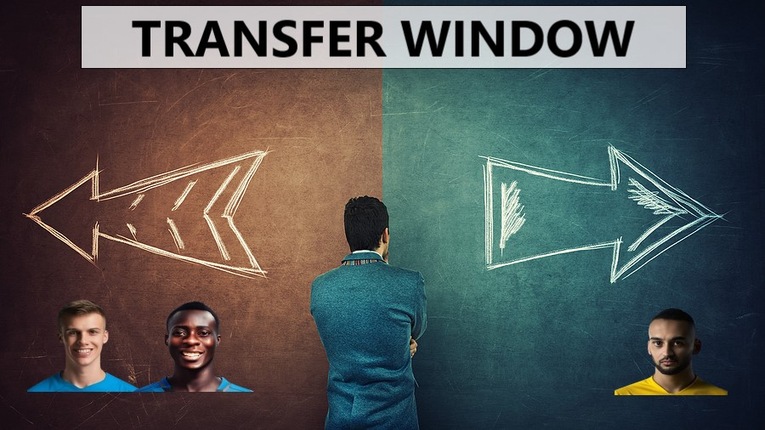 Football, for all of its simplicity, is an ever-changing and ever-evolving game.
Football, for all of its simplicity, is an ever-changing and ever-evolving game.
Equally the rosters of professional football clubs change all the time, too. Offers are made, meetings are held, transfer requests are put in – it all goes on and creates an ever evolving environment of players moving between clubs.
But exactly how does a player move from one club to another? How do they end up at one place rather than another?
Here we’re going to have a look at how transfers work, what the transfer window is and what else you should bear in mind when considering a professional footballer’s movements.
What is a Transfer in Football?

Before we talk about transfer fees, blood sucking agents and the pointlessness of Jim White, let’s start off nice and easy. What do we even mean when we talk about transfers?
Simply put, a transfer is what happens when a player who is under contract with one club moves to another one. The player’s registration details transfer from one association football club to another, hence the term ‘transfer’ being used. Usually the buying club pays the selling club an amount of money as compensation for the selling club losing the player and their services, with this being referred to as a ‘transfer fee’.
In American sports, as well as Canadian and Australian, the buying club also purchases the player’s original contract from the club that he is being bought from. Generally this isn’t the case in Europe, where the player’s old contract is terminated and they then go about negotiating a new one with their new club. This is why transfer stories in the press often refer to ‘personal terms having been agreed’, or some such line.
The compensation paid by a club doesn’t always have to have a straight monetary value, either. In some cases clubs might offer another player in exchange for the one they’re trying to buy, perhaps with money on top of that. The player they’re offering doesn’t have to agree to the move, of course, and the selling club might not want him, but he can be offered. The buying club can also agree to reach an amount of money through what are known as ‘add-ons’.
For example, say Madeupclub United are hoping to sell Madeup Player for £8 million. Buyingclub Rovers might offer £4 million straight away, with another £2 million to be paid over the next two years, a young player worth £500,000, £1 million when the player they’re buying plays 150 games for them and another £500,000 when he scores ten goals. The two clubs then enter negotiations over what is an acceptable way to work out the compensation owed.
What is the Bosman Ruling?

The way transfers work at the end of a player’s contract was altered forever in 1995 when the European Court of Justice made a ruling regarding the transfer of Jean-Marc Bosman. The Belgian had been playing for RFC de Liège but his contract had run out and so he decided he wanted to move to the French team Dunkerque. Liège wanted £500,000 compensation for him, but Dunkerque refused to pay it.
Bosman found himself in a state of limbo, not able to play for either team and with his wages reduced by 75% because he wasn’t playing. He took the case to court and won, with the ECJ ruling that a player should be allowed to move for free after the expiration of their contract. It obviously made sense, but it also led to players taking advantage of the ruling by refusing to sign contract extensions with their club if they felt a better deal would be available elsewhere.
Because the buying club wouldn’t have to pay a transfer fee for a player moving on a Bosman transfer the player could demand higher wages of his new club or a signing on fee. The first high-profile player to test out the new law was the Dutch player Edgar Davids. He was playing for Ajax but wanted to move to AC Milan, so he ran down his contract and headed to Italy. Sol Campbell was one of the most controversial players to take advantage of the ruling in England, running down his contract with Tottenham to move to their bitter rivals Arsenal.
What is a Transfer Window and How Does it Work?

One of the biggest changes to how transfers operate came about in 2002 when UEFA, the governing body for football in Europe, decided to introduce a select period of time during which transfers could take place that would be known as the ‘Transfer Window’. Virtually all of Europe operates two transfer windows in a season, the first being from the 1st of July until the 31st of August and the second being for the whole of January, though these windows do vary from place to place.
Clubs can agree transfers from the end of the season but they will not become official, and the transferred player will not be able to join his new club, until the window opens. Special dispensation can be given to clubs if they need to sign a player on an emergency basis outside of the window. This may be because both senior goalkeepers are injured, for instance, and the club needs to bring in a new one in. Similarly there is no restriction on the movements of free agents, with out of contract players able to move at any time.
Despite the fact that the transfer window is open for a month during the winter and several months during the summer, it is always the final day of the window that generates the most interest. Known as ‘Transfer Deadline Day’ and often coming with its own music and colour scheme on some sports channels, Deadline Day is when plenty of business is done as clubs that need a player, any player, scrabble around to try and find one, whilst other clubs that have left things until the last minute in order to try and secure a great deal panic and pay over the odds for a player we’ll most likely never see or hear from again.
